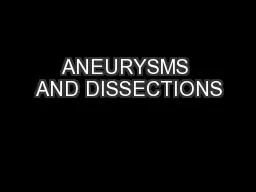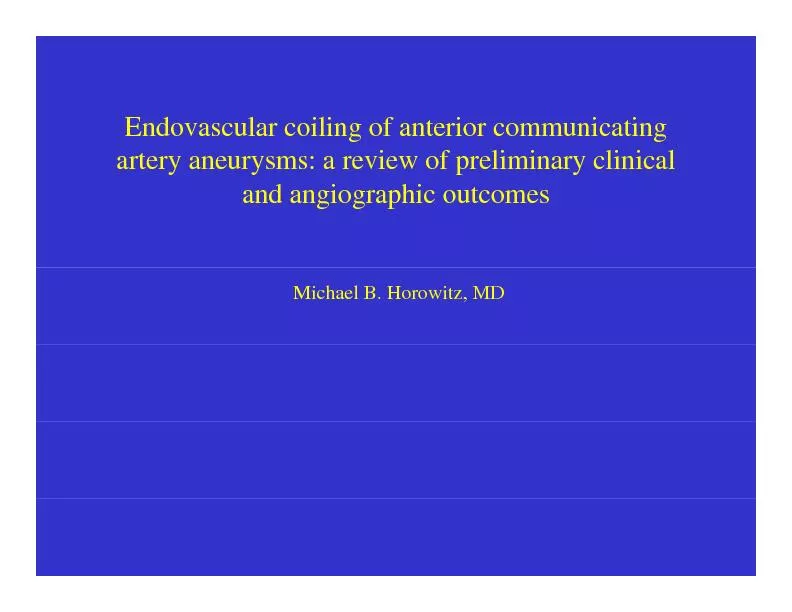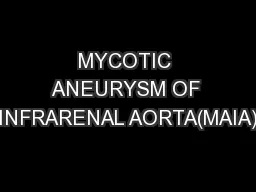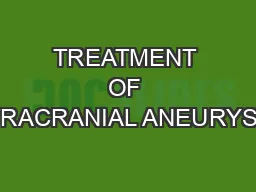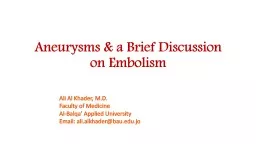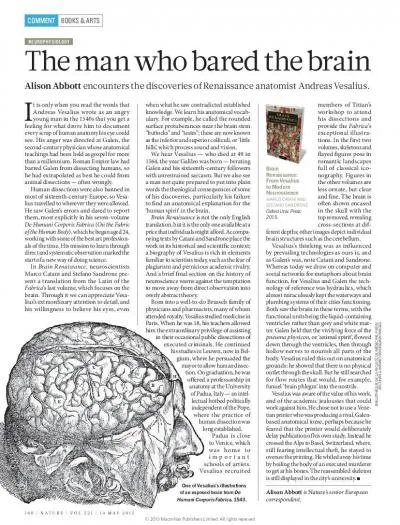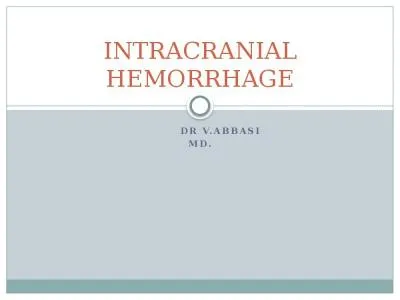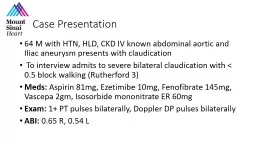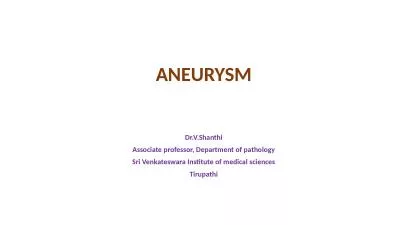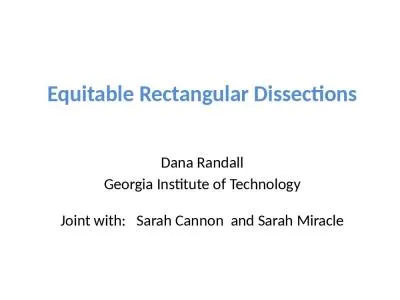PPT-ANEURYSMS AND DISSECTIONS
Author : pasty-toler | Published Date : 2018-11-05
An aneurysm is a localized abnormal dilation of a blood vessel or the heart Types 1true aneurysm it involves all three layers of the arterial wall intima media
Presentation Embed Code
Download Presentation
Download Presentation The PPT/PDF document "ANEURYSMS AND DISSECTIONS" is the property of its rightful owner. Permission is granted to download and print the materials on this website for personal, non-commercial use only, and to display it on your personal computer provided you do not modify the materials and that you retain all copyright notices contained in the materials. By downloading content from our website, you accept the terms of this agreement.
ANEURYSMS AND DISSECTIONS: Transcript
Download Rules Of Document
"ANEURYSMS AND DISSECTIONS"The content belongs to its owner. You may download and print it for personal use, without modification, and keep all copyright notices. By downloading, you agree to these terms.
Related Documents

